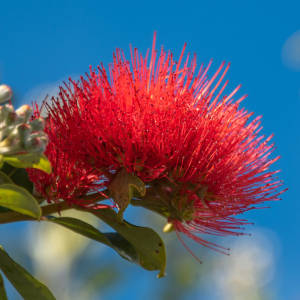Little Progress
Today we had another sunny day after a heavy frost, I wasn't going to go out as I have so much to catch up on and I am still sorting out Aunty Nancy's things into wants and don't wants. It was such a lovely afternoon I took a short walk around the block to get a shot of the Knox Church rebuild.
People keep asking me how the Knox Church rebuild is coming along, when you are walking by there don't seem much change happening lately... but when you compare the photos they has been quite a lot has been done. Here is the collage I did back in May and you can see a bit of different. There were a lot of men working on the top of the building today in their green hard hats. Normally they are yellow or orange but these ones were dark green.
Early History of Knox Church
In 1880 the present site of Knox Church was bought for 1000 pounds and a temporary church building set up. This was the third Presbyterian church in Christchurch, after St Andrews (now at Rangi Ruru School) and St Pauls (Trinity Pacific).
The first minister was Rev David McKee who came from Ireland with his family. He suffered from “a weakness of the chest” and hoped that the better climate in NZ would improve his health. A man of much ability, he soon attracted a large and influential congregation and his generosity to the poor and needy was notable. However, his health did not improve and after only a few months he died, leaving his wife, nine children and his mother alone in this new land. No state welfare in those days, but the new congregation continued to pay his stipend to the family for six months and also set up a trust fund which bought half an acre of land in Onslow Street and built a house for the family there.
Bealey Avenue was known as the North Belt at that time. The congregation of the new North Belt Church grew steadily and by 1901 there were 200 members. The church’s accounts were in good order, with their highest credit balance yet - 36 pounds! So now a permanent church building was planned and in 1902 the new brick church was opened. It cost 3418 pounds to build and the congregation had to take out a mortgage of 2000 pounds. A further 300 pounds was borrowed to pay for an organ. Then special appeals and fundraising efforts took place, to pay off the mortgage. One such scheme was a “penny collection” - one penny per member per week. In just 8 years all debt was repaid.
The name “Knox Church” was given in 1904. Throughout the following years the church had many able ministers and the building became something of a landmark, standing sturdily on the corner of two important roads in the city.
For more information on the Knox Church.

Comments
Sign in or get an account to comment.


